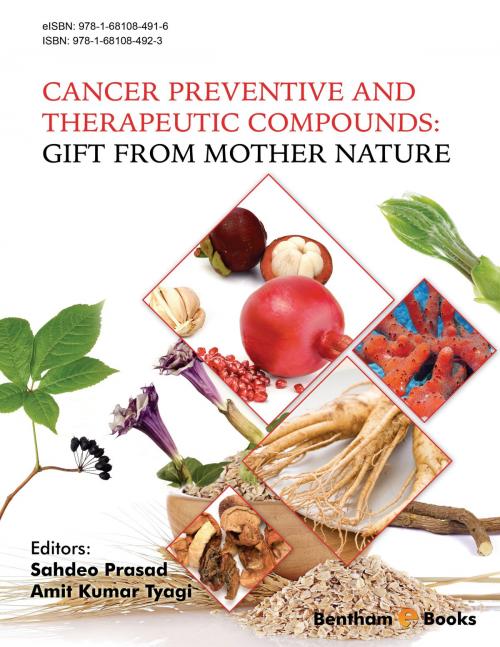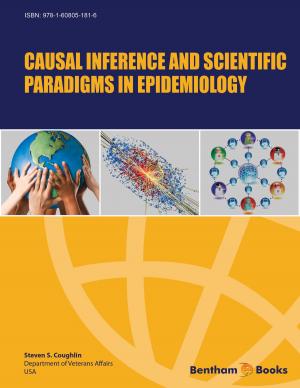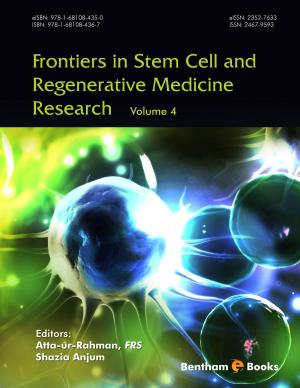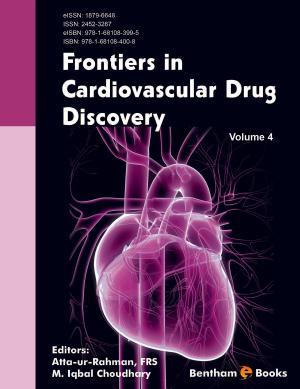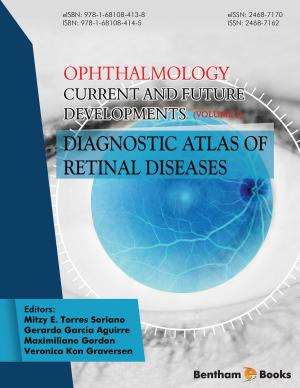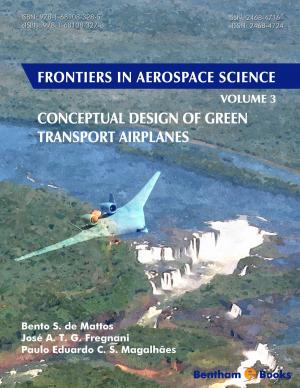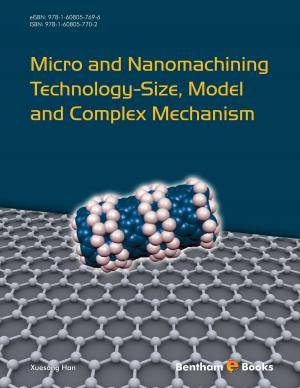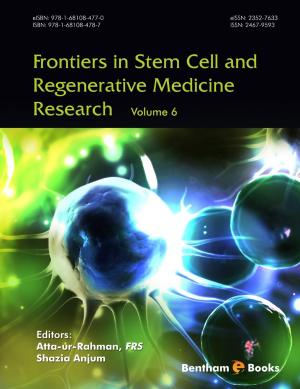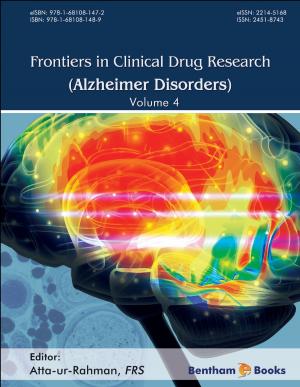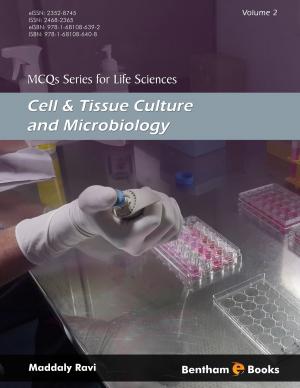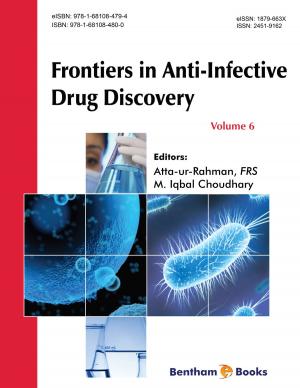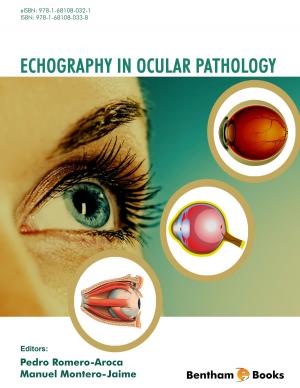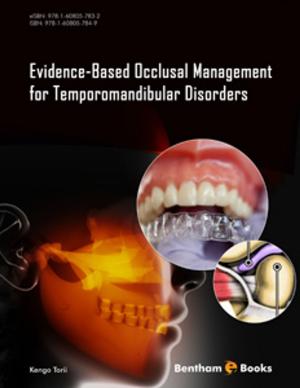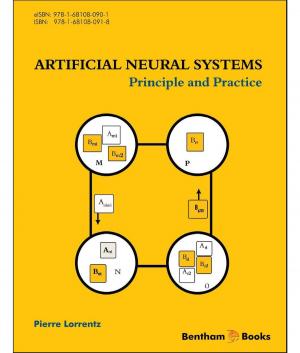| Author: | Sahdeo Prasad | ISBN: | 9781681084916 |
| Publisher: | Bentham Science Publishers | Publication: | May 10, 2017 |
| Imprint: | Language: | English |
| Author: | Sahdeo Prasad |
| ISBN: | 9781681084916 |
| Publisher: | Bentham Science Publishers |
| Publication: | May 10, 2017 |
| Imprint: | |
| Language: | English |
Cancer is a major cause of deaths all around the globe. Although numerous anticancer drugs are available, most of them are expensive and have serious side effects. Natural compounds are usually non-toxic and inexpensive. Many such compounds have been identified and explored for their health benefits for centuries, and several nutritional factors derived from natural products have attracted considerable attention as therapeutic agents for the prevention and treatment of cancer. Based on current available research, this ebook focuses on chemopreventive and anti-cancer activities of different natural/dietary compounds present in fruits, vegetable, spices, legumes, nuts, grains, and cereals. Contributions from authors around the world highlight the potential use of such derivatives against cancer treatment by presenting updated information of their biochemical mechanisms. Information in this book is intended for researchers, clinicians, patients, academicians, industrialists, and students seeking updated and critical information for their experimental plans (including clinical trials). The book also creates awareness among cancer patients, nutritionists and laymen about cost effective therapeutic alternatives available for cancer therapy.
Cancer is a major cause of deaths all around the globe. Although numerous anticancer drugs are available, most of them are expensive and have serious side effects. Natural compounds are usually non-toxic and inexpensive. Many such compounds have been identified and explored for their health benefits for centuries, and several nutritional factors derived from natural products have attracted considerable attention as therapeutic agents for the prevention and treatment of cancer. Based on current available research, this ebook focuses on chemopreventive and anti-cancer activities of different natural/dietary compounds present in fruits, vegetable, spices, legumes, nuts, grains, and cereals. Contributions from authors around the world highlight the potential use of such derivatives against cancer treatment by presenting updated information of their biochemical mechanisms. Information in this book is intended for researchers, clinicians, patients, academicians, industrialists, and students seeking updated and critical information for their experimental plans (including clinical trials). The book also creates awareness among cancer patients, nutritionists and laymen about cost effective therapeutic alternatives available for cancer therapy.
